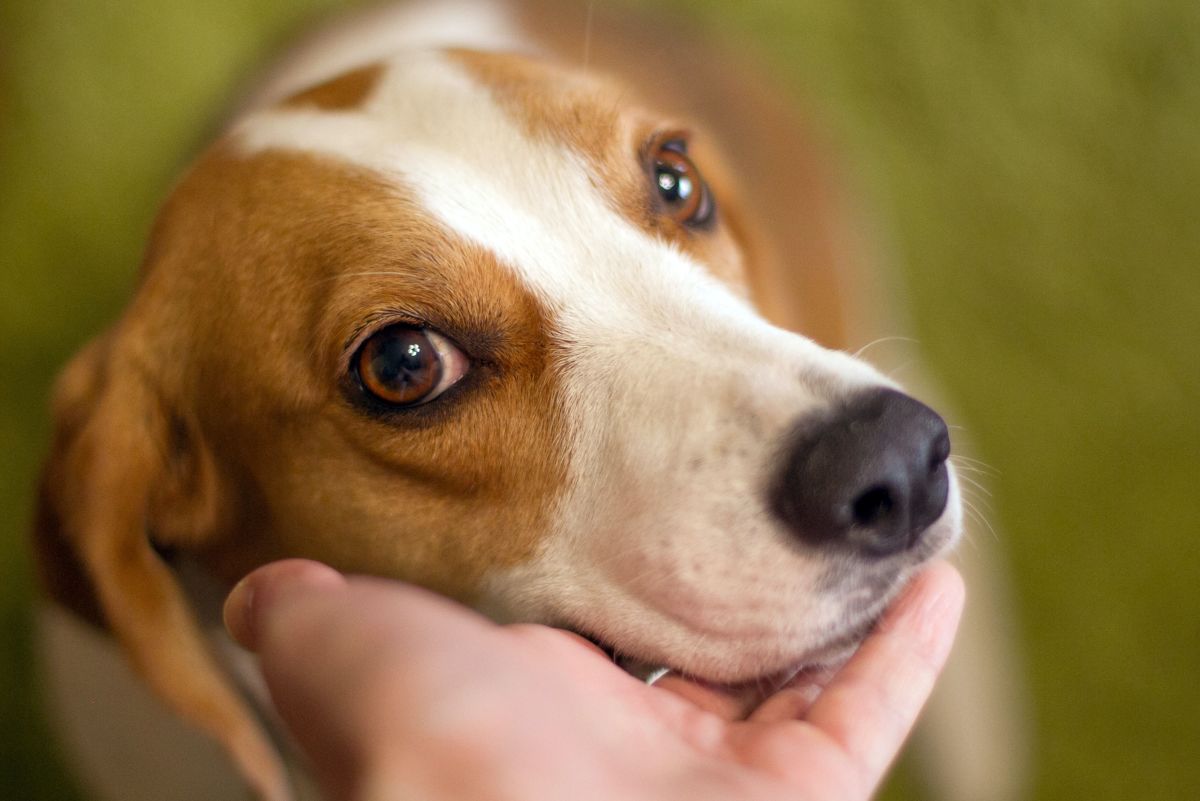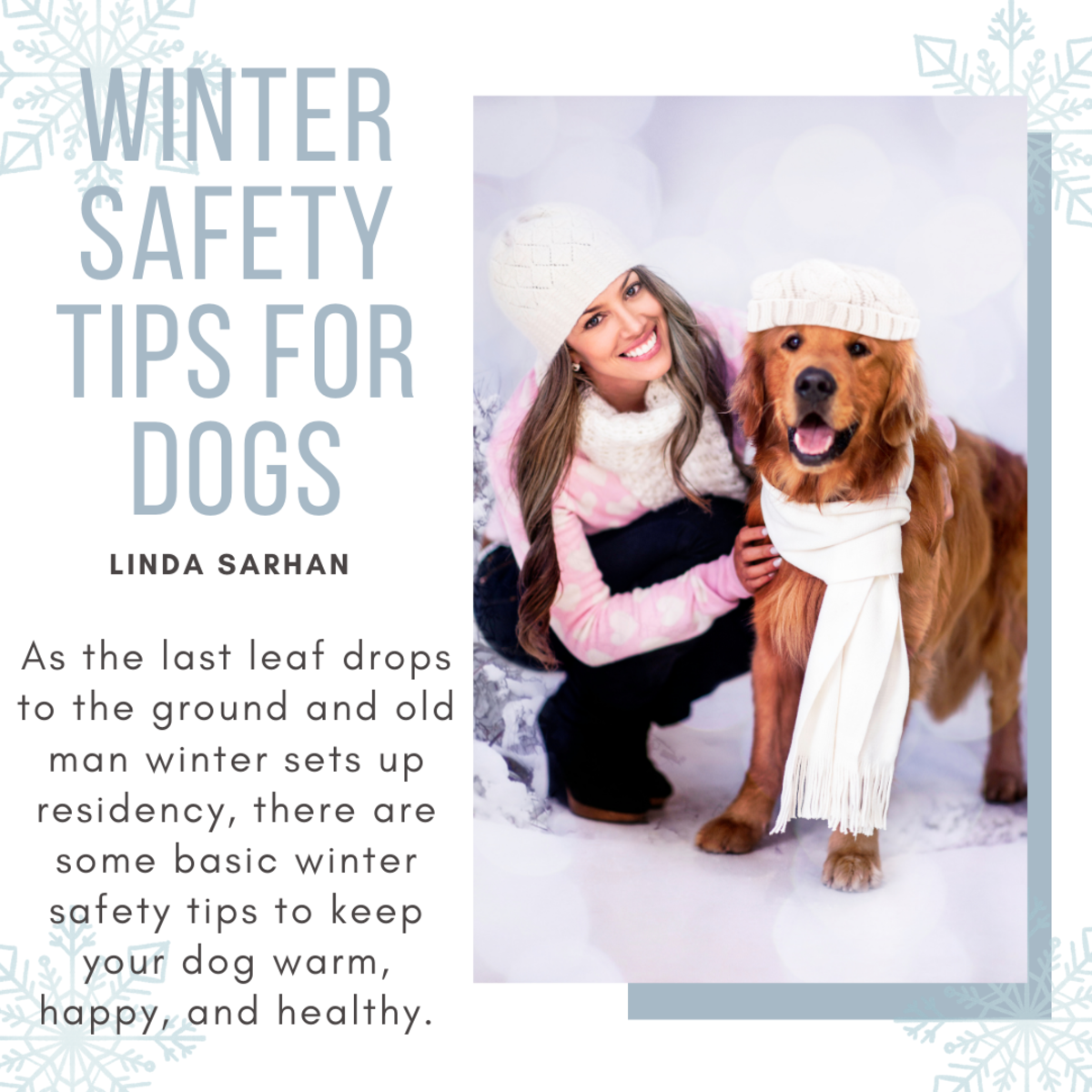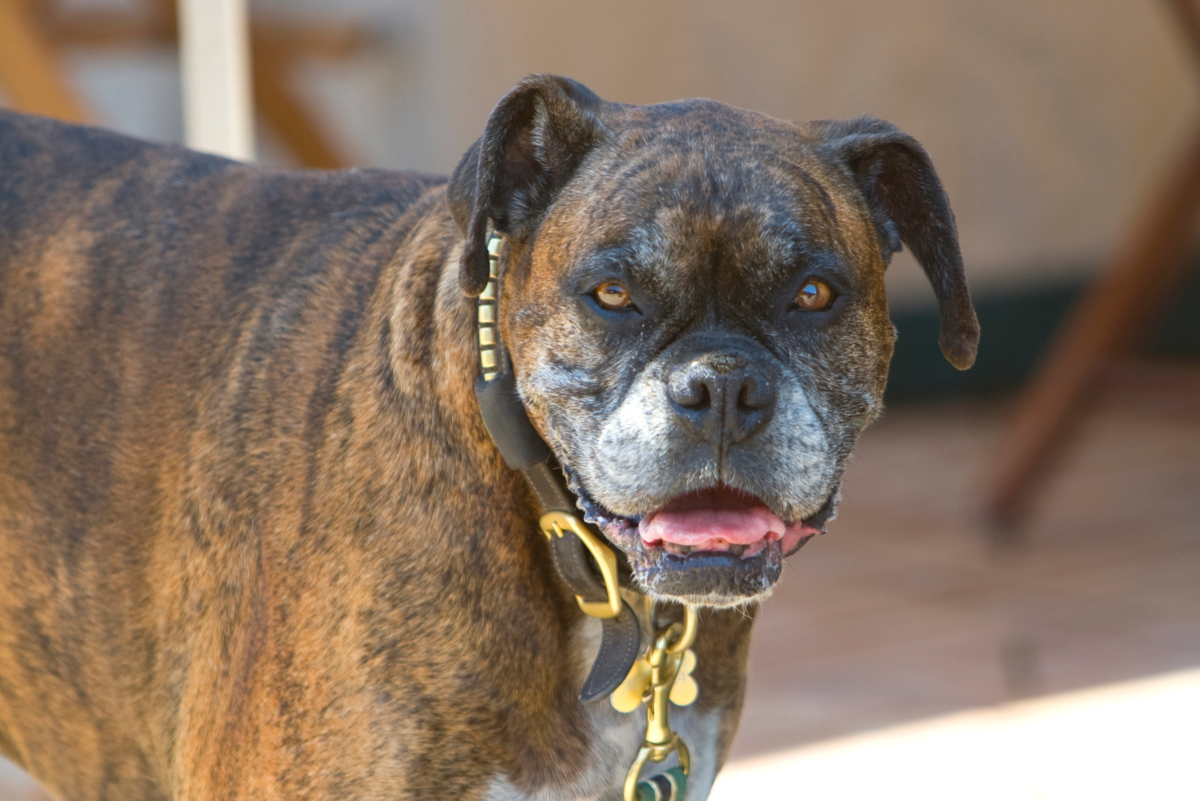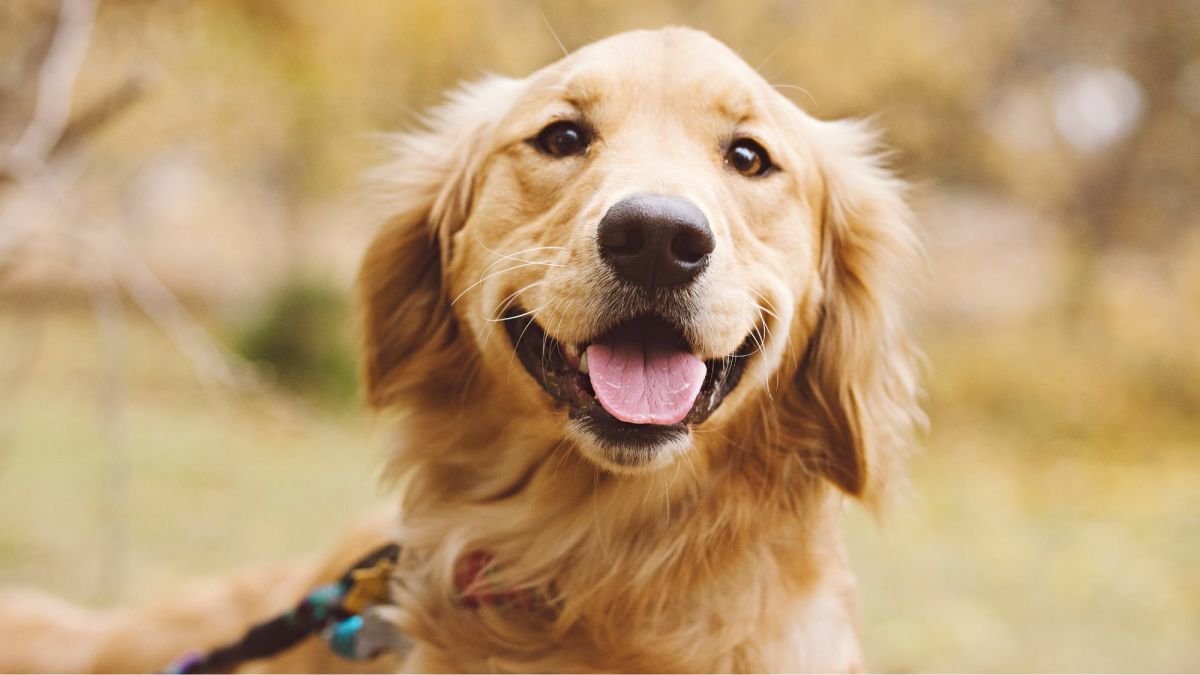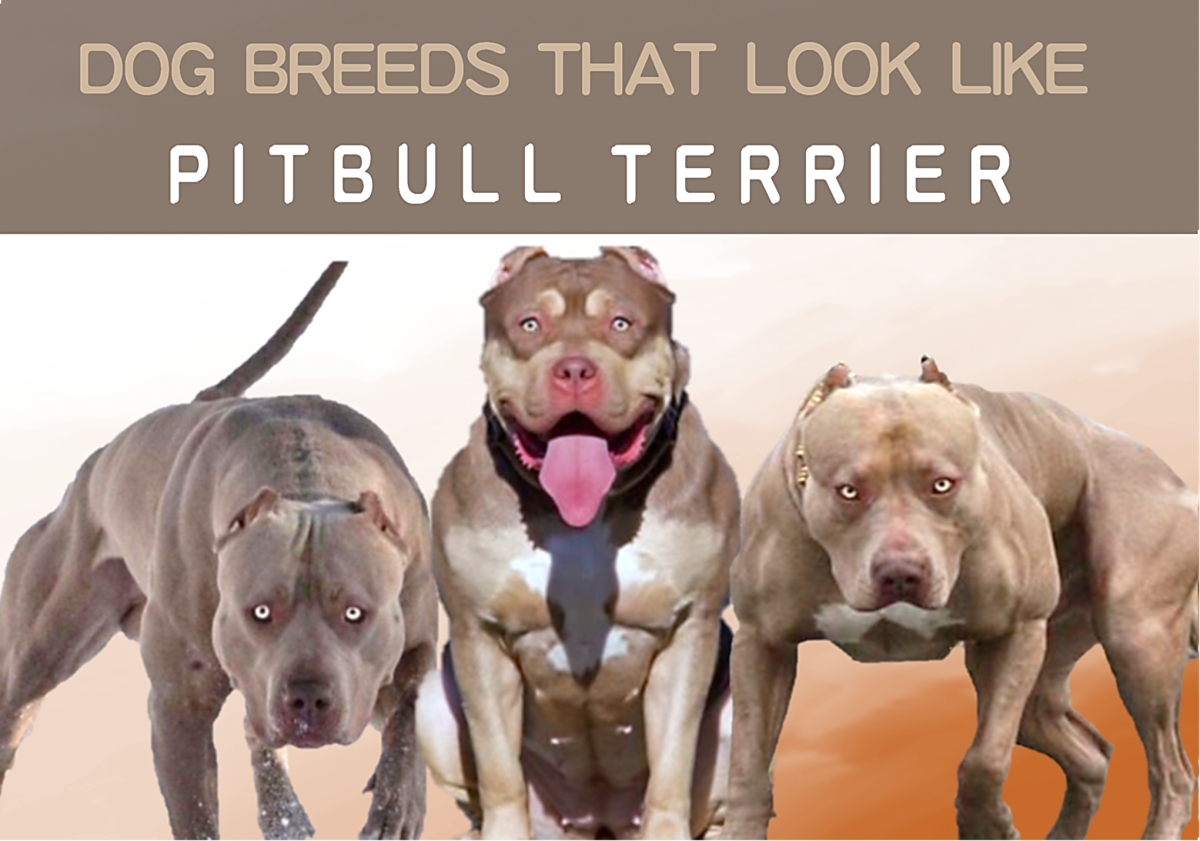Winter Pet Care Tips
It appears that winter weather has finally arrived to the northeast at long last. With its appearance, we need to remind ourselves that weather change produces some very predictable challenges to our pets, ones that require some vigilance on our parts to help keep our four-legged loved ones out of harms way. Some hazards to be aware of include:
1) Antifreeze poisoning. The most common type of antifreeze used in automobiles contains a chemical called ethylene glycol. Even in very small amounts, this is a potent kidney toxin. Irreversible kidney damage and subsequent kidney failure are the results of the damage that this chemical causes to pets that drink it. Unfortunately, it has a sweet taste and attractive odor to pets. The symptoms that will show themselves in the early stages are lethargy, loss of appetite, unquenchable thirst, weight loss, and in some cases vomiting. Measures to take for prevention include promptly cleaning up any spills, never leaving drained coolant in an open container, and the use of an alternative pet friendly antifreeze that substitutes propylene glycol, which is safe to ingest, for its deadly cousin ethylene glycol. Also keeping your pets under supervised control goes a long way towards preventing this and other types of accidental poisoning.
2) Engine compartment injuries to outdoor cats. When we arrive home in winter, the engine compartment of our cars stay warm for an hour or so. Often outdoor cats, stray or owned, will seek this refuge and fall asleep there. If they are still in there when the car is started, they may be injured if the tail or a leg get caught in the fan belt. Prevention can be accomplished by banging on your hood before starting your car. This will give the startled cat a chance to escape before being injured.
3) Lost pets. Winter storms, with their snow and wind, obliterate the scent markers that pets use as part of their orientation towards home navigation strategies. Many pets panic subsequently, running randomly until they are lost or succumb to hypothermia. More pets are lost during winter than in any other season. To prevent this from happening, make sure that no pets our outside unsupervised (i.e. off leash) during a snowstorm.
4) Cold stress. Allowing a pet to chill can predispose it to illness. Many pets are not bred to live in moderate climates, having very short coats. For these pets, a sweater or coat is a medical necessity. Look for one with coverage of the neck and as much of the hairless belly areas as possible, as these are significant thermal loss areas. If your pets has very furry paws, these may trap snow and ice, which can physically injure the toes when the ice crystals rub against skin and pad surfaces. A pair of neoprene booties with Velcro closures is an effective barrier against this type of injury.
5) Road salt . Paws may become chemically burned or cracked by caustic chemicals used in ice melting. The salt may also be harmful is your pet is allowed to lick large amounts off its fur. A paw-bath can be set up near the door for a quick rinse when arriving back from the walk, or booties can be used.


